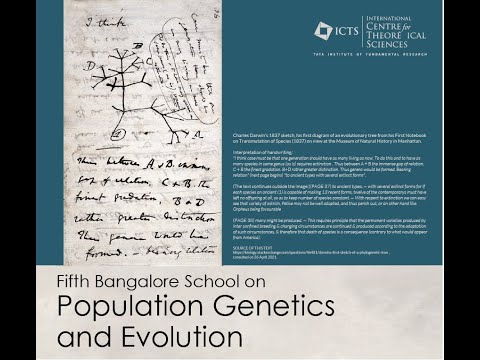Description:
Explore the fundamental concepts of population genetics and evolutionary biology in this comprehensive lecture from the Fifth Bangalore School on Population Genetics and Evolution. Delve into topics such as random genetic drift, effective population size, mutation rates, and recombination rates. Examine key experiments and studies that have shaped our understanding of evolutionary processes. Learn about the drift-barrier hypothesis and its implications for genome stability and mutation accumulation across different organisms. Gain insights into the mathematical theories and models used to predict and test evolutionary changes in populations. Discover how population genetics provides a crucial framework for integrating various biological disciplines and understanding the mechanisms driving evolution.

The Population-Genetic Environment - Lecture 1
Add to list
#Science
#Biology
#Genetics
#Population Genetics
#Evolutionary Biology
#Molecular Evolution
#Evolution
#Natural Selection
#Genetic Drift